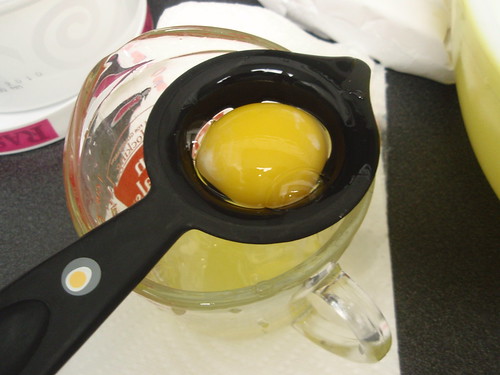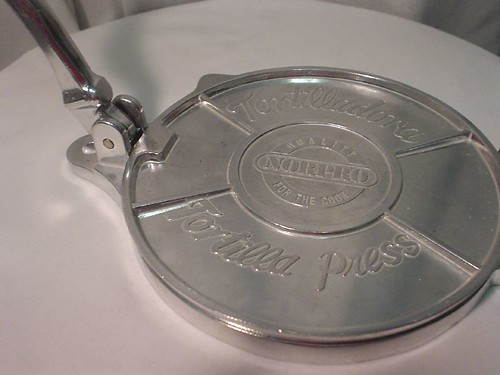Sometimes you can get bored following the same old recipes, sticking to the same old instructions, obeying every word of the cookery book as if it was law. Sometimes wouldn’t it be nice to break free, go wild, and create some mad new invention?
The risk, of course, is that your mad new invention will taste like wet pants. And it will be so awful that it somehow becomes famous, and they’ll name it after you, and your name will forever be associated with the taste of wet pants. This is the risk that all pioneers must take.
Fortunately, if you master a few simple concepts and skills, you stand a much better chance of creating something that not only doesn’t taste of wet pants, but doesn’t taste like dry pants either, or, for that matter, any kind of undergarment. In fact, it’ll taste good!
Find A Good Base
Once you know how to make a few simple dishes, you can experiment with them. Pizzas are good for this- if you can make a decent pizza base, or a pie crust you can pile pretty much anything you like into the filling or topping and it will probably hold together. The same is true of pancakes- a stack of pancakes with a savoury topping makes for a great, quick meal that leaves plenty of room for trying new flavours.
You can go a step further if you know a basic chicken curry or chili recipe. Once you know how to whip up a decent curry sauce you can start experimenting with different spices, vegetables and meats to create a host of different dishes.
Learn Which Combinations Work
Once you’ve got a good base to work from you need to find a way to figure out which flavours work together. This leaves you plenty of room to experiment with small quantities, but there are a few staples that always seem to work. Lemon and tarragon always work well with chicken. Apple and pork always go together. Lime and shrimp is another time honoured classic.
If you know which flavours work, try experimenting with similar flavours. For instance, if apple and pork go together, will apricot and pork go together? (Yes and it’s delicious.) Have a read through the recipe books to see what surprising flavour combinations can be transplanted elsewhere. For instance, dark chocolate is a popular ingredient in chilli con Carne. However, it can also work well in a beef casserole.
Substitutions
Finally, the easiest way to create a new dish is to simply switch out some of the ingredients to create new flavours. A good way to do this is switching the meats around- switch pork sausages out for beef sausages. Turn your chick recipes into turkey recipes.
If a dish requires plenty of potato, see if it would work with sweet potato instead, or even butternut squash. The more you experiment, the better an idea you’ll get for what works. The more you know what works, the more outlandish you can afford to get with your experimenting. Before you know it, you’ll be Hestol Blumenthalling it up with bacon and egg ice cream.
Attached Images:
-  License: Creative Commons image source
Sam Wright is a freelance writer who stopped cooking to recipe books long ago.



